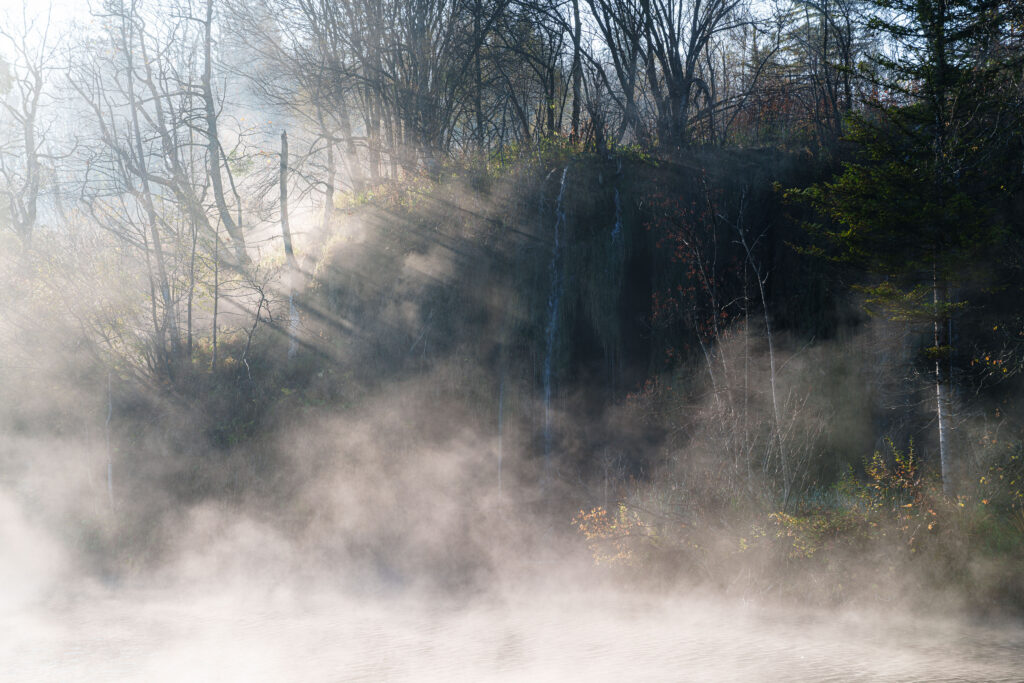Since we came back from our short trip, we got plugged back into spending the karmic shit creek, which is as pleasant as you can imagine. Fortunately, someone up there pressed pause while we were on the road because that would have been actually dangerous otherwise.
So, while I wait for this to process, we’re going around and pretending we’re having a nice day:
 So, is that a form of lying, when I’m having an incredibly bad time but I’m holding up pretence that’s making it look like I’m on a perpetual vacation in some kind of a heaven on Earth? Sure, I guess. However, what’s the alternative? I’m trying to make things work with what I have. If I’m having a shitty day, I might as well take nice pictures and make someone else’s day better.
So, is that a form of lying, when I’m having an incredibly bad time but I’m holding up pretence that’s making it look like I’m on a perpetual vacation in some kind of a heaven on Earth? Sure, I guess. However, what’s the alternative? I’m trying to make things work with what I have. If I’m having a shitty day, I might as well take nice pictures and make someone else’s day better.
That’s why it’s dangerous to assume that you can tell how I’m feeling from what I’m doing. I’m not taking gloomy pictures because I’m depressed, or taking bright pictures and writing motivating articles because I’m feeling good. Those things are completely detached; I feel how I feel, but you would never know it from what I’m actually doing, because those things don’t translate. I do things that will be useful. I write warnings when I think people should be warned. That doesn’t mean I’m feeling anxious; for the most part, my feelings are only visible in an article when I actually want them to be. That doesn’t mean that I’m writing things that are deliberately deceptive in order to present some front; no, it’s merely a matter of principle. When you’re having a bad day, make someone else’s day batter. Detach feeling from action, and attach action to the principle of doing good when possible. When I’m not having a feeling from above that I should be doing something, I’m basically doing generic, non-descript good stuff. Joke with my wife, go out and take some pictures, grill fishes, make coffee.
If my reaction to spending karmic garbage were to produce nastiness on the output side, I would hardly be the kind of a person to spend that stuff in the first place. Spending it means ending the cycle of reaction attached to action, reacting to having bad experiences by making other people’s day worse.

















